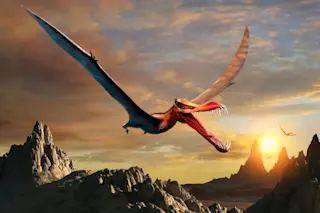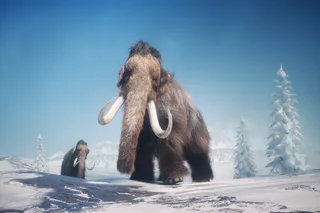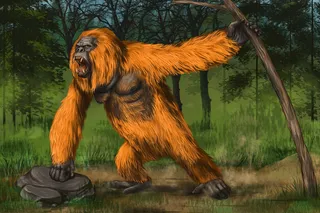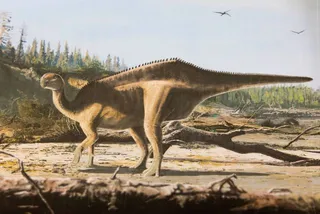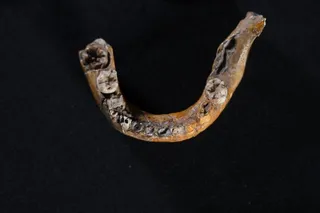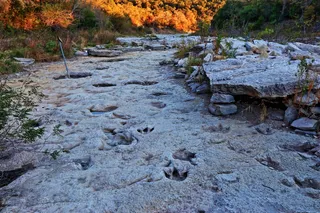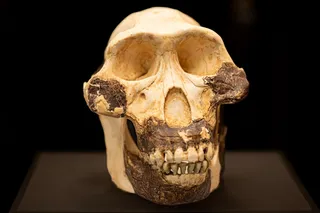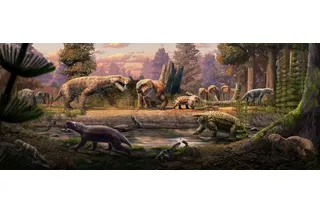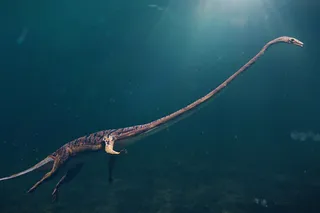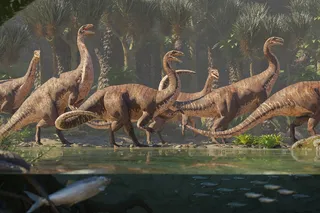Old-school paleontologists would have frowned upon a colleague referring to a fossil find as anything like a dragon. Certainly in the early days of this branch of science, it must have been a tad exasperating to explain to non-scientists that the giant bone they found in the local quarry, or ground up for some folk remedy was not evidence of a legendary cryptid, but was instead a precious artifact worthy of preservation and legitimate study.
But if additions to the fossil record over the past couple of decades are anything to go by, paleontologists have loosened up a little. Many seem all too happy to describe their finds — and even give them scientific names — in terms that reference popular dragon lore.
Read More: The Mysterious Origin of Dragons
And why not? If referring to a new fossil find in dragon-y terms garners more public interest and attention to ...



